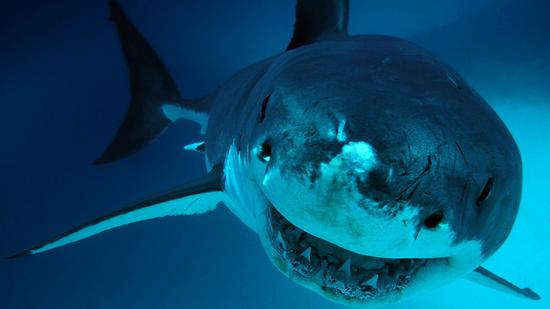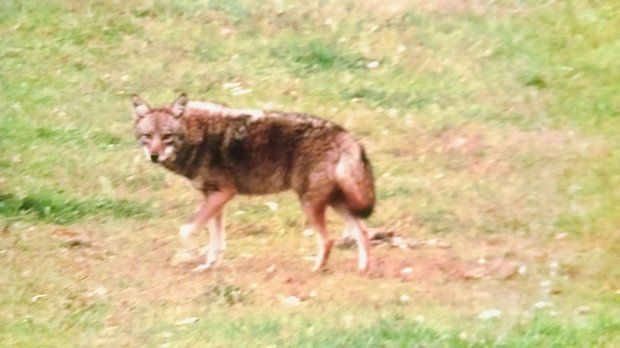
© David Fleetham / Discovery ChannelThough being attacked by a shark like this great white is extremely unlikely, the number of unprovoked shark attacks worldwide has grown at a steady pace since 1900. According to the Florida Museum of Natural History, there were 39 reported shark attacks in California from 2001 to 2013.
A recent report says there were six unprovoked shark attacks along the U.S. Pacific Coast in 2014. All of them were in California, and all the sharks were great whites.
Four of the attacks occurred in October, one in July and another in December, according to the Shark Research Committee's recently
released 2014 report. Remarkably, in all attacks, only two surfers were injured.
"I am surprised we don't have more of them," said Ralph Collier, the shark expert and researcher who wrote the report, which specifically looks at attacks that were deemed not to be provoked by humans.
Last July's shark attack in Manhattan Beach, for example, was not included. In that attack, long-distance swimmer Steve Robles was bitten by a 7-foot juvenile shark.



Comment: See also: 650 emaciated sea lion pups wash up on the California coast over last 2 months
2013 California sea lion unusual mortality event in California
Sea lion strandings pass 1,500 mark